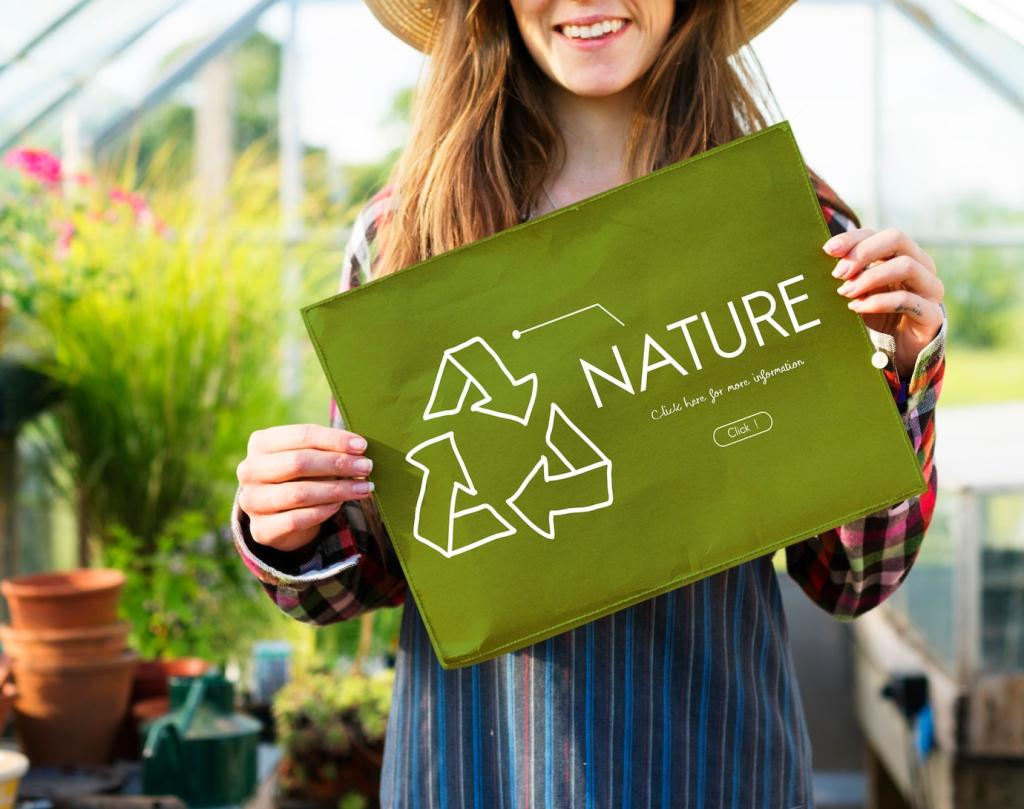
Utilizing Data to Enhance Persuasive Eco-Writing
Chosen theme: Utilizing Data to Enhance Persuasive Eco-Writing. Welcome to a friendly, evidence-powered space where numbers meet narrative to inspire action for our planet. Read, reflect, and share your voice—then subscribe to join our growing community of data-savvy eco storytellers.
Why Data Makes Eco Stories More Persuasive
Numbers are powerful, but readers remember stories. Translate trends into relatable scenes—like a family’s higher summer energy bills mirroring regional heatwave data—so audiences feel the urgency and understand the stakes. Share your example in the comments and tell us what data shaped your perspective.

Finding Credible Environmental Data
Start with reputable repositories: NOAA for climate records, IPCC assessments for synthesized science, NASA Earth data for imagery, and national statistical offices for energy metrics. Encourage readers to bookmark your curated list and subscribe for monthly dataset roundups and quick-start guides.
Finding Credible Environmental Data
Blend institutional data with community observations—tree canopy counts, air-quality sensors, and local flood photos. Invite readers to share geo-tagged notes and collaborate on a shared map. Transparency about collection methods boosts credibility and invites neighbors to participate rather than passively consume.



Visual Storytelling That Persuades Ethically
Use consistent baselines, readable labels, and color choices accessible to color-blind readers. Keep annotations tight and specific, pointing to exactly where change matters. Share a chart you admire in the comments; we will feature a subscriber-created gallery with critiques and improvements.
Geo-coded heat islands, flood zones, and transit gaps help readers see themselves in the story. Add neighborhood-level overlays and simple legends. Ask readers to drop local landmarks on a shared map, turning visualization into a community-built, continually improving resource.
Instead of one busy graphic, show a series of simple, comparable panels across time or regions. Readers quickly see patterns without cognitive overload. Encourage them to vote on which design communicates best, and we will post templates for subscribers to adapt.



Experiment with headlines, images, and calls to action while keeping facts constant. Define success up front—petition sign-ups, transit pledges, or donation pledges. Invite subscribers to join a testing cohort and receive early drafts to help sharpen our collective impact.
Measuring Persuasion and Iterating Your Message
Look beyond pageviews to track time on page, scroll depth, outbound clicks to local resources, and follow-up actions after reading. Encourage readers to report what they did next, and we will compile a monthly impact brief for the community.
Measuring Persuasion and Iterating Your Message
Co-Creating Data-Driven Eco Stories
Ask readers to document shade temperatures, bus wait times, or storm drain blockages, then upload to a shared sheet with clear fields. We will verify, visualize, and publish together. Subscribe to receive collection prompts and simple instructions tailored to your neighborhood.
Co-Creating Data-Driven Eco Stories
Host monthly sessions where we clean data, critique drafts, and rebuild visuals in real time. Open notebooks let everyone learn data reasoning, not just results. Comment if you want a specific tutorial, and we will schedule subscriber-priority workshops based on demand.
